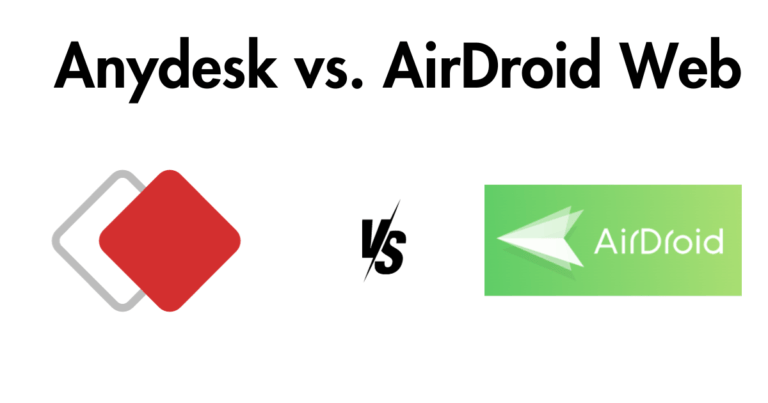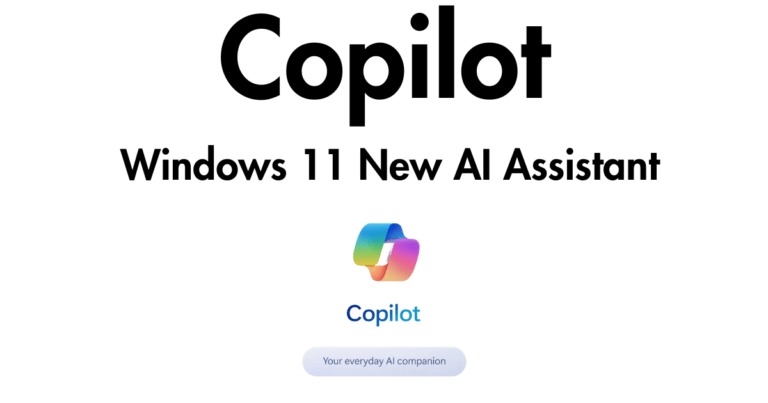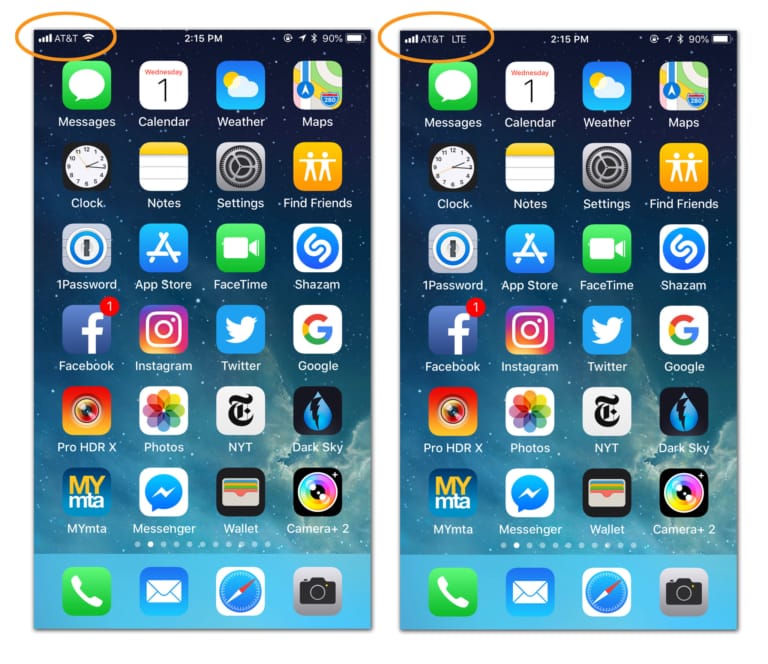
PDFs have become a standard format for sharing and storing information. But what if you could interact with a PDF just like you would with a human expert on the topic?
Enter the world of AI chatbots, where the line between documents and interactive experiences is blurring. With tools like ChatGPT, you can now have direct conversations with your PDFs, making the process of extracting information more dynamic and engaging.
How to Use Ask Your PDF in ChatGPT?
To chat with a PDF using ChatGPT, you need to utilize the “Ask Your PDF” plugin. This allows you to upload your PDF, get a document ID, and then ask questions related to the content of the uploaded PDF in the ChatGPT portal.
A Deeper Dive
Many of us spend significant time scrolling through lengthy PDF files to find specific details or understand the main concepts. The traditional way of consuming PDFs is evolving, thanks to the “Ask Your PDF” feature provided by AI chatbots.
This feature modernizes the way we interact with PDFs, allowing for direct conversations with the document. You can ask questions about its content or even request a summary.
Using UPDF AI: Before diving into the ChatGPT plugin, it’s worth noting there’s an alternate tool called UPDF AI. This ChatGPT-powered AI tool is designed specifically for PDF documents.
With UPDF AI, you can upload PDFs and use its chatbox to ask document-related questions or even get summaries and translations. The best part? No plugins are needed.
Steps to Use “Ask Your PDF” in ChatGPT:
- Visit OpenAI’s ChatGPT portal.
- Access settings via the three dots at the bottom left.
- Enable ‘Web browsing’ and ‘Plugin’ under ‘Beta Features’.
- Navigate to the ‘Plugins’ section from the top bar.
- Search for and install the ‘AskYourPDF’ plugin.
- In the ChatGPT chatbox, type “upload a pdf” and click the provided hyperlink to upload your document.
- After uploading, copy the document ID.
- Return to ChatGPT and start asking questions about the document using the format: “What is this document about? doc_id: XXX”.
FAQ
- How does “Ask Your PDF” work in ChatGPT?
- It operates through the “Ask Your PDF” plugin, allowing you to upload a PDF and then use a document ID to ask questions within ChatGPT.
- Can I upload a PDF directly to ChatGPT?
- No, ChatGPT doesn’t support direct PDF uploads. You need a plugin or a tool like UPDF AI.
- Which is the best ChatGPT plugin for reading PDFs?
- The “Ask Your PDF” plugin is highly recommended. Alternatively, UPDF AI offers a direct approach without needing a plugin.
- Is UPDF AI different from the “Ask Your PDF” plugin?
- Yes, UPDF AI is a standalone tool powered by ChatGPT, offering direct interactions with PDFs without plugins.
- Can I get summaries of PDFs using these tools?
- Yes, both the “Ask Your PDF” plugin and UPDF AI can provide summaries.
- Is there a cost associated with using UPDF AI?
- UPDF AI offers a free version, but it’s best to check their official site for any premium features or pricing.
- How secure is it to upload my PDFs?
- Both tools prioritize user security, but always review their privacy policies before uploading sensitive documents.
- Can I translate PDF content using UPDF AI?
- Yes, UPDF AI has a translation feature in its chat mode.
- Are there other plugins similar to “Ask Your PDF”?
- There might be other plugins, but “Ask Your PDF” is one of the most prominent for ChatGPT.
- Can I edit my PDFs using UPDF AI?
- Yes, UPDF AI offers features beyond just chatting, including editing, annotating, and converting PDFs.
The advancements in AI have revolutionized how we interact with PDFs. While ChatGPT doesn’t support direct PDF uploads, tools like the “Ask Your PDF” plugin and UPDF AI bridge the gap, offering dynamic interactions with your documents.
Whether you’re looking to ask questions, get summaries, or even translations, these tools have got you covered.






